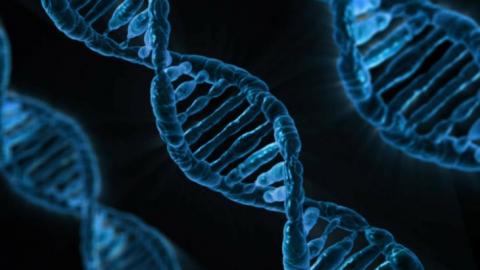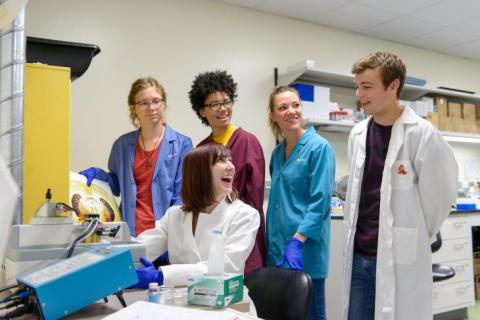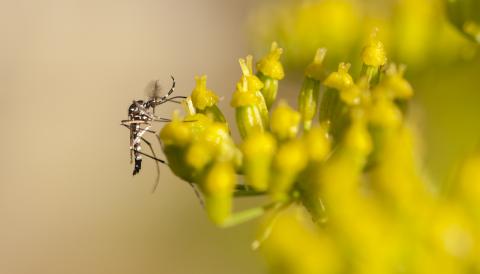Bad knees? The DNA of your ancestors may be to blame
Bad knees? The DNA of your ancestors may be to blame

Do you avoid squats at the gym? Or avoid volunteering to be catcher at the kids' little league baseball game? Your sore knees may not be your fault, in fact there might be a primate ancestor hiding in your family tree that you can blame.
Genevieve Housman, an Anthropology Ph.D. Candidate, is seeking evolutionary answers to the bad knee problems caused by osteoarthritis (OA) that have become so prevalent in our society. Her latest research project is funded by the Center for Evolution & Medicine Venture Research Fund. The fund was created in October 2015, to connect evolutionary biology and topics relevant to medicine or public health. Housman is a graduate student in the School of Human Evolution & Social Change who received the award.
“Working on this project has been extremely educational. Funding from the CEM has provided me with the opportunity to study osteoarthritis both at a gross anatomical level and at a molecular level. Hopefully, the results of this work will be helpful and informative to others interested in the evolution of this disorder,” she says. This research is important because understanding the development of OA problems in knee joints can help medical professionals design early detection measures and more effective treatments. Although genetic and environmental factors have some effect, Housman emphasizes we must also understand the influence of epigenetic factors, such as DNA methylation (the regulator of gene expression).
Housman’s research assesses the relationship between DNA methylation patterns and knee OA development in a baboon primate model. Specifically, genome-wide and gene-specific DNA methylation patterns will be identified in bone and cartilage tissues from baboon femora with and without knee OA. These baboon samples, which come from captive colonies at the Texas Biomedical Research Institute, are ideal because many environmental factors that influence skeletal development and maintenance are controlled and consistent across individuals. Once collected, these non-human primate data will be compared to previously published human data to gain an evolutionary understanding of these epigenetic associations.
The study used tissue samples from the femora of 180 baboons; 80 with healthy knees and 100 with severe OA. The baboons died of natural causes and have since been stored for scientific study. Housman assessed the genome-wide DNA methylation variation using an advanced probe-based array technology that examines the DNA methylation patterns at over 850,000 loci throughout the genome. She then assembled and ran a subset of her samples on these arrays. This consisted of 28 healthy cartilage samples, 28 healthy bone samples, 28 OA cartilage samples, and 28 OA bone samples. The project is now entering the data analysis phase and she is looking forward to sharing the results later this year.
The ASU Center for Evolution & Medicine is a university-wide Presidential Initiative whose mission is to improve human health by establishing evolutionary biology as an essential basic science for medicine, worldwide. The Center brings leading scientists to ASU to join existing faculty in research that demonstrates the power of evolutionary biology to address problems in medicine and public health. Funding to support student research is one of the many ways CEM is transforming our understanding of disease.


